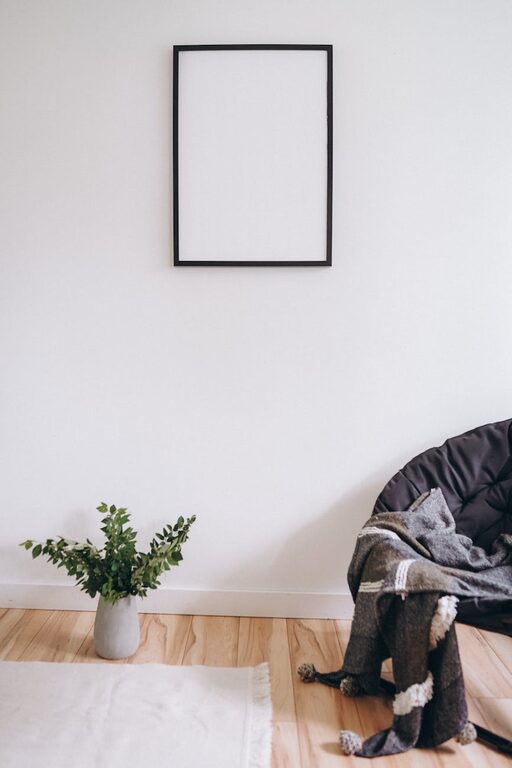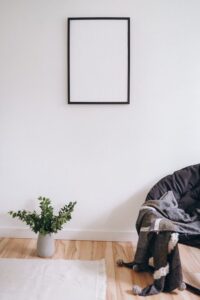
Creating a quiet and peaceful home environment is essential for relaxation, concentration, and overall well-being. Noise from outside or within the house can be distracting and sometimes stressful. Fortunately, there are simple and affordable ways to reduce noise at home without large renovations. In this post, we will explore practical tips and ideas to help you create a calmer living space.
Understanding Noise Sources at Home
Before diving into solutions, it helps to identify common sources of noise:
– Outdoor noise: traffic, construction, neighbors, pets
– Indoor noise: appliances, footsteps, voices, electronics
– Structural noise: thin walls, hollow doors, windows
Knowing where the noise comes from will help you target the right solutions.
Easy Ways to Reduce Noise at Home
1. Use Soft Furnishings to Absorb Sound
Hard surfaces reflect sound waves, increasing noise levels inside rooms. Adding soft furnishings helps absorb sound and reduce echo. Consider these options:
– Rugs and carpets: Cover bare floors with thick rugs or carpets to muffle footsteps and reduce sound reflections.
– Curtains and drapes: Heavy curtains block outside noise and absorb sound from inside the room. Look for curtains labeled “soundproof” or “thermal.”
– Cushions and upholstery: Plush sofas, padded chairs, and extra cushions help dampen noise.
2. Seal Gaps and Cracks
Noisy air can easily travel through tiny gaps around windows, doors, or baseboards. Sealing these gaps improves both noise reduction and energy efficiency.
– Use weather stripping or door sweeps at the bottom of doors.
– Apply acoustic caulk or sealant around window frames and wall cracks.
– Close gaps around electrical outlets with outlet foam inserts.
3. Rearrange Furniture Strategically
Where you place furniture can make a difference in how sound moves through a room.
– Position bookshelves or large furniture against shared walls to act as sound barriers.
– Use upholstered furniture to break up sound waves.
– Avoid placing seating areas near noisy appliances such as TVs or washing machines.
4. Install Soundproofing Materials
For more effective noise control, consider adding soundproofing materials.
– Acoustic panels: Mounted on walls or ceilings, these panels absorb sound and reduce echo. They come in various designs and colors to fit your decor.
– Door seals: Specialized soundproof door seals can block noise infiltration through door frames.
– Window inserts: Instead of replacing windows, try acrylic window inserts that create an extra sound barrier.
5. Manage Noise Sources
Sometimes, reducing noise involves managing the noisy sources themselves.
– Maintain appliances by tightening loose parts and adding padding where needed.
– Use rugs or mats under exercise equipment to reduce vibrations.
– Encourage household members to keep noise levels down, especially during quiet hours.
Additional Tips for a Quieter Home
Use white noise or sound machines
If complete silence isn’t possible, white noise machines or fans can help mask disruptive sounds and create a consistent, soothing background noise.
Add plants
Indoor plants not only improve air quality but can also absorb sound waves and reduce noise levels subtly.
Create designated quiet zones
Set up specific areas in your home for relaxation or work where noise is minimized, using many of the above tips.
When to Consider Professional Help
If noise remains a serious issue, especially in apartments or homes near busy streets, consulting with a soundproofing professional might be worthwhile. They can offer tailored solutions like installing double drywall or specialized insulation.
Conclusion
Reducing noise at home does not have to be complicated or expensive. By integrating soft furnishings, sealing gaps, rearranging furniture, and using soundproofing materials, you can significantly improve your home’s quietness. The benefits include better sleep, increased concentration, and a more relaxing atmosphere for you and your family.
Start with small changes and notice how each step brings more calm into your living space. Creating a peaceful home is easier than you think!






